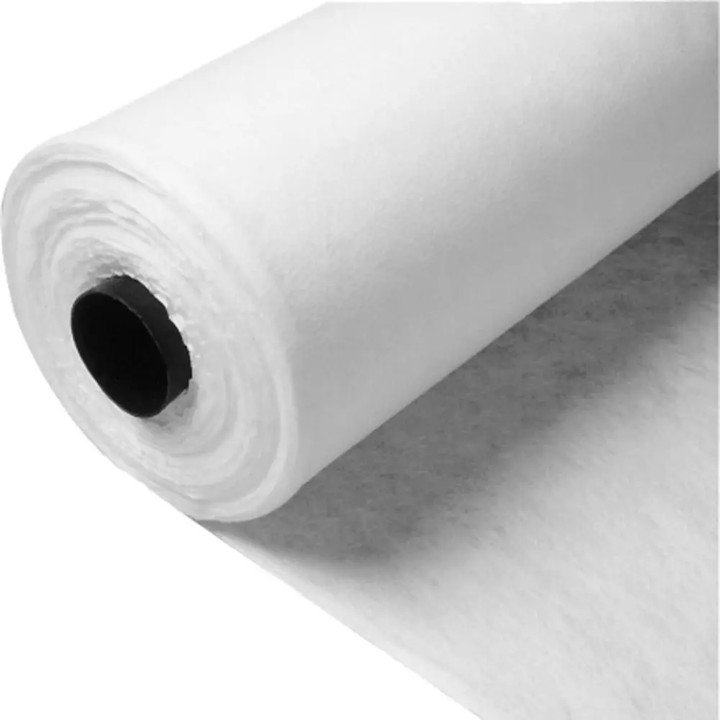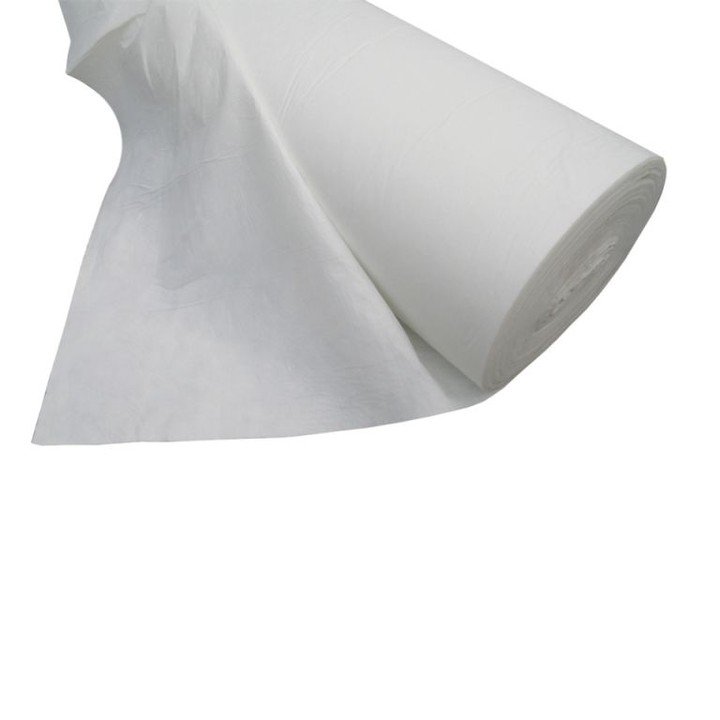Understanding the differences between geomembranes and geotextiles is essential when choosing the right material for construction, landscaping, or environmental protection projects. These two materials serve different purposes and have unique properties, making them indispensable in various applications. In this blog post, we will explore the key distinctions and selection criteria for geotextiles, helping you make an informed decision.

I. What Is Geotextile?
Geotextile is a synthetic fabric designed for use in geotechnical engineering applications. It is commonly used to enhance soil stability, provide filtration, and protect against erosion. Manufactured from synthetic polymers such as polypropylene or polyester, geotextiles are available in woven and non-woven forms. Non woven geotextile fabric is particularly popular for its flexibility and durability in a variety of projects, including drainage systems and road construction.
The primary purpose of geotextiles is to improve the performance and longevity of construction projects. Unlike geomembranes, which primarily act as impermeable barriers, geotextiles allow for water flow while maintaining structural integrity. Their versatility and functionality make them a critical component in many industries.
II. The Key Characteristics of Geotextile
Filtration: Geotextiles act as a filter, allowing water to pass through while retaining soil particles. This property is vital for drainage and erosion control systems.
Separation: Geotextiles prevent the mixing of different soil layers, maintaining the structural stability of roads and embankments.
Reinforcement: Geotextiles enhance the load-bearing capacity of soil, making them ideal for projects requiring additional support.
Durability: The best geotextile options are resistant to chemical degradation, UV rays, and physical wear, ensuring long-term performance.
III. Geomembrane vs. Geotextile: The Core Differences
When comparing geomembranes and geotextiles, it is essential to understand their specific functions and applications:
Material Composition:
Geotextile: Typically made of synthetic polymers like polypropylene or polyester.
Geomembrane: Manufactured from high-density polyethylene (HDPE) or polyvinyl chloride (PVC).
Functionality:
Geotextile: Designed for filtration, separation, and reinforcement. Non woven geotextile fabric is especially effective for filtration and drainage.
Geomembrane: Primarily used as an impermeable barrier to prevent fluid movement.
Applications:
Geotextile: Suitable for road construction, erosion control, and soil stabilization.
Geomembrane: Commonly used in landfill liners, water reservoirs, and chemical containment systems.
Water Permeability:
Geotextile: Allows water to flow through while preventing soil movement.
Geomembrane: Completely impermeable to water and other liquids.
IV. Selecting the Best Geotextile for Your Project
Choosing the right geotextile depends on your project’s requirements and environmental conditions. Follow these steps to identify the most suitable material:
Determine the Application:
Consider whether you need filtration, separation, reinforcement, or a combination of these functions. For instance, non woven geotextile fabric is ideal for drainage systems due to its superior filtration capabilities.
Assess Load Requirements:
Evaluate the load-bearing capacity needed for your project. The best geotextile materials provide enhanced strength and durability to support heavy loads.
Consider Environmental Factors:
Ensure the geotextile can withstand exposure to UV rays, chemicals, and physical stress. Non woven geotextile fabric often excels in challenging environments.
Select the Appropriate Thickness and Density:
The thickness and density of the geotextile will impact its performance. Consult a professional to ensure you choose the right specifications.
Compare Woven and Non-Woven Options:
While woven geotextiles are excellent for reinforcement, non woven geotextile fabric is better suited for filtration and drainage applications.
V. Advantages of Using Geotextiles in Construction
Cost-Effectiveness:
Geotextiles reduce maintenance costs by enhancing the longevity of infrastructure projects.
Sustainability:
By preventing soil erosion and improving water management, geotextiles contribute to environmentally friendly construction practices.
Versatility:
Geotextiles are compatible with various construction methods and materials, making them an adaptable solution for different applications.
Ease of Installation:
Lightweight and flexible, geotextiles are easy to transport and install, saving time and labor costs.
VI.Conclusion
Understanding the differences between geomembranes and geotextiles is critical for selecting the right material for your project. Geotextile stands out for its versatility, offering solutions for filtration, separation, and reinforcement. Non woven geotextile fabric, in particular, is a reliable choice for applications requiring superior filtration and drainage.
Investing in the best geotextile materials ensures long-lasting performance and cost savings. Whether you are working on road construction, erosion control, or landscaping, geotextiles provide the support and functionality needed to achieve your goals.
